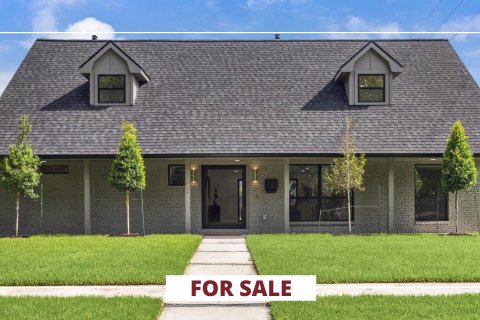Creating a Slice of Paradise in the Dominican Republic — Celerie Kemble On Island Designing
Keeping It Whimsical by the Jungle and the Sea
BY Shelby Hodge // 07.16.21Laurann Claridge, Celerie Kemble (Photo by Johnny Than)
“Seeing it and just melting because it’s just unreal and so beautiful. . . I fell crazy in love with it,” interior designer Celerie Kemble says of the Dominican Republic site where she created Playa Grande Beach Club. The story of her decade-long effort of carving the charming cluster of island houses and a shared clubhouse from the Central American jungle is chronicled in her latest design tome, Island Whimsy: Designing a Paradise By the Sea (Rizzoli).
The story of the project as told in the book was the subject when PaperCity‘s Laurann Claridge interviewed Kemble at a Texas Design Week book signing held at OKA and hosted by Krista Stelling.
From that moment of falling in love with the property, which happened to be for sale, Kemble and friends realized a mutual dream of building a community of vacation homes in an unspoiled paradise. It was a dream assignment for Kemble, who, for the first time in her career, was tasked with a design project as both client and designer.
“No one weighed in,” she says..
“The trick was just responding to the greenery and the trees and keeping it as open as possible, letting privacy happen by bushes not by barrier.”
Describing the project as “very feminine, very theatrical,” Kemble notes that the retreat is informed by her upbringing in a wood-shingled deconsecrated Gothic church in Palm Beach. (Her great-great-grandparents in the 1800s were among the first to build a home there.) Kemble’s mother, legendary designer Mimi McMakin (who founded Kemble Interiors), decorated the church turned residence with chintz, wicker and Porthault linens.
Echoing that design heritage, the Grande Beach house is filled with latticework, de Gournay wallpapers, hot Gauguin colors, coquina stone and antique wicker.

Of creating the house, Kemble says, “In my sense of who I am and what’s important to my family is the idea of these weird old houses that have special freaky, weird features. I don’t know what shingle-style gothic is, but that’s what we call our house. . . It was something that would feel collected, layered and playful and something where you could be in a wet bathing suit and not feel like a naughty child.”
The biggest challenge of the project was Kemble’s inability to speak Spanish, as few if any of the tradesmen spoke English. Much of the work, she quipped, was done via hand drawings and hand signals.
Kemble also shared her interpretation of good design: “It’s always a marriage of self and study. I think when you can feel someone’s spirit in a house, it teaches you how to behave and what the expectations are of your manners or, in some ways, the content of what your connection is going to be.
“When I was thinking about this strange place out in the jungle at the end of a beach, surrounded by mountains, what would look authentic and feel true — something that was going to be designed for love and for fun, for rapture.”
PC Seen: Courtnay Tartt Elias, John Mihalov, Liv Stribling, Aaron Laine, Barbara Tartt, Stephanie Hamilton, Jackie Cathriner, Carol Isaak Barden, Jennifer Ducote, Lisa Hough, Marita Fairbanks, Suzanne Duenstuart, Natalie Steen, Devin Babit, Kari Nelson, Cheryl Baker, and Meredith Ueckert.


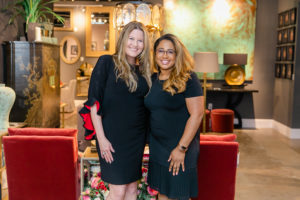



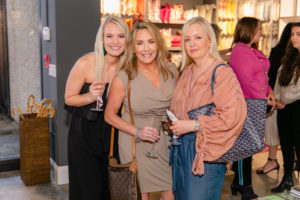



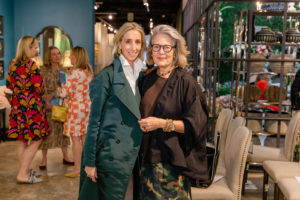


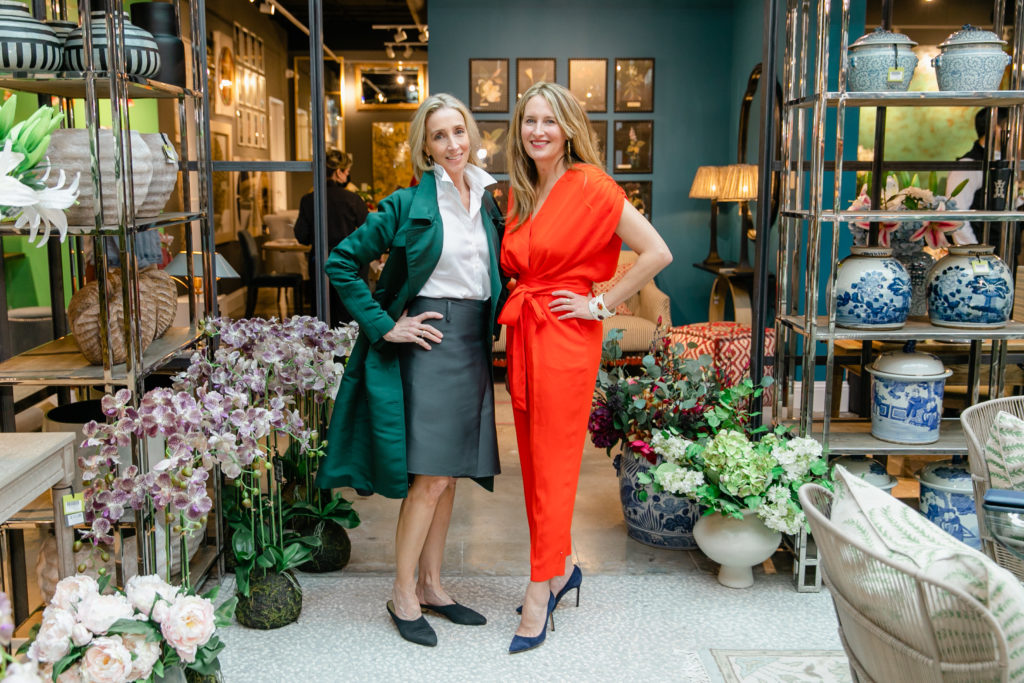


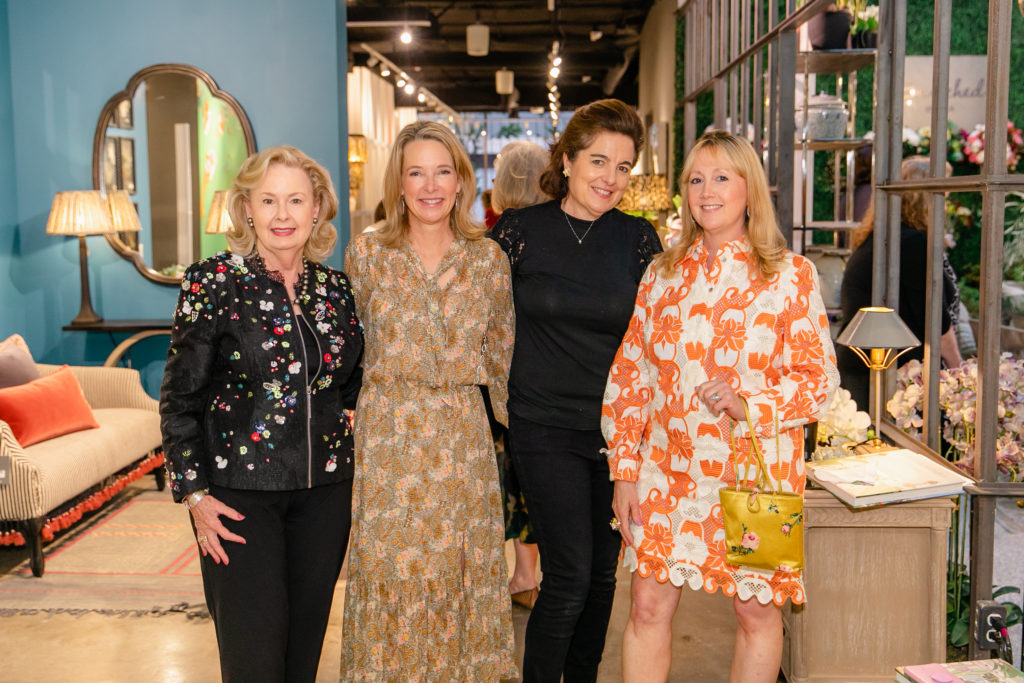





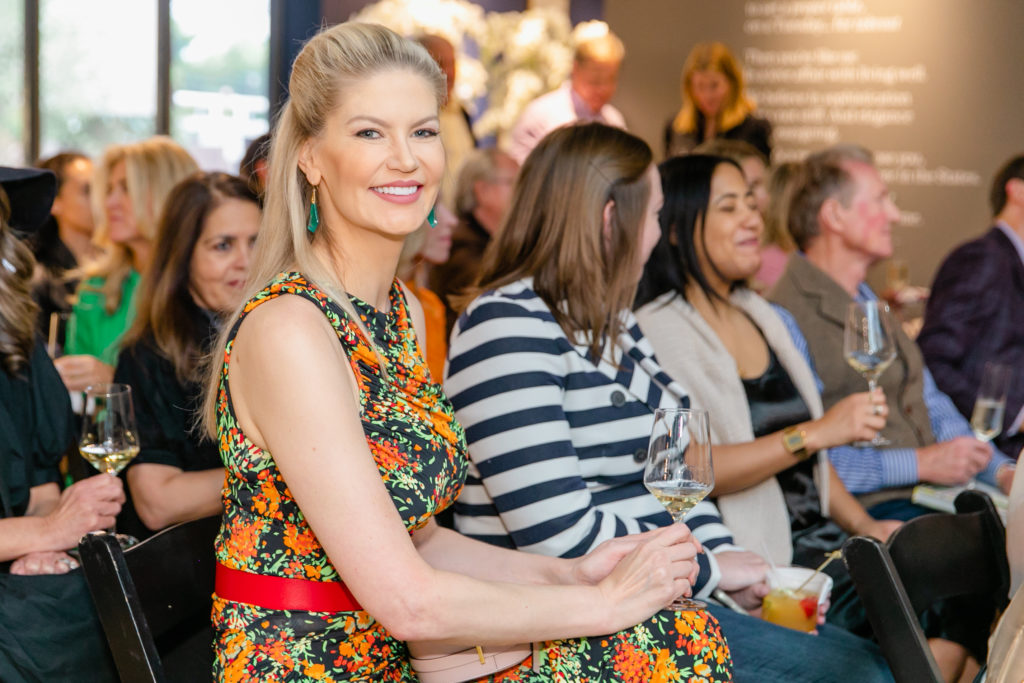
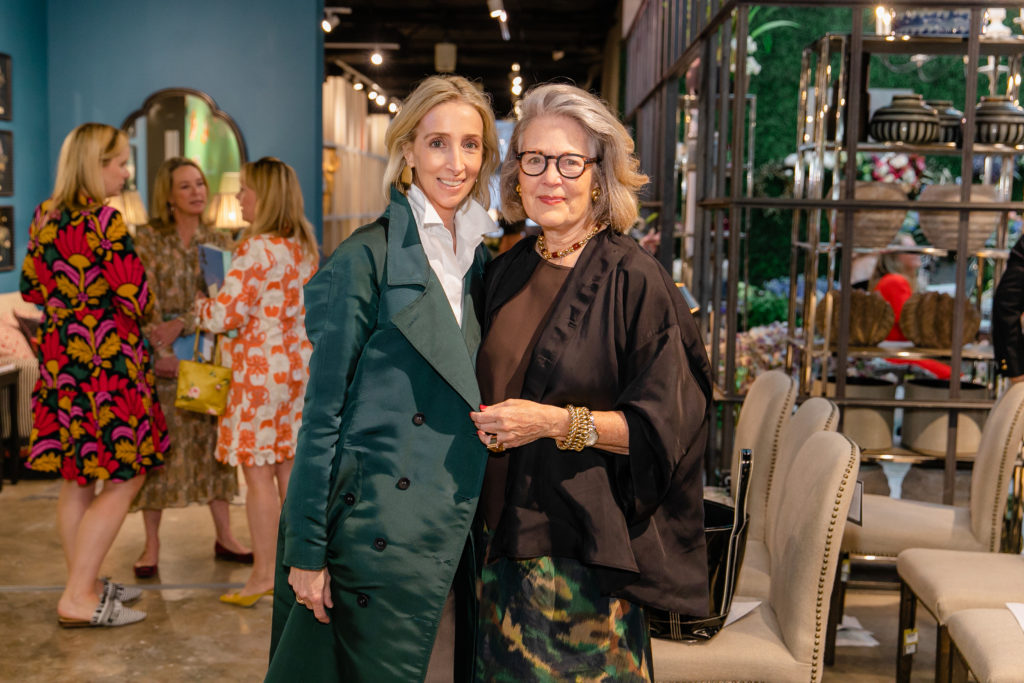
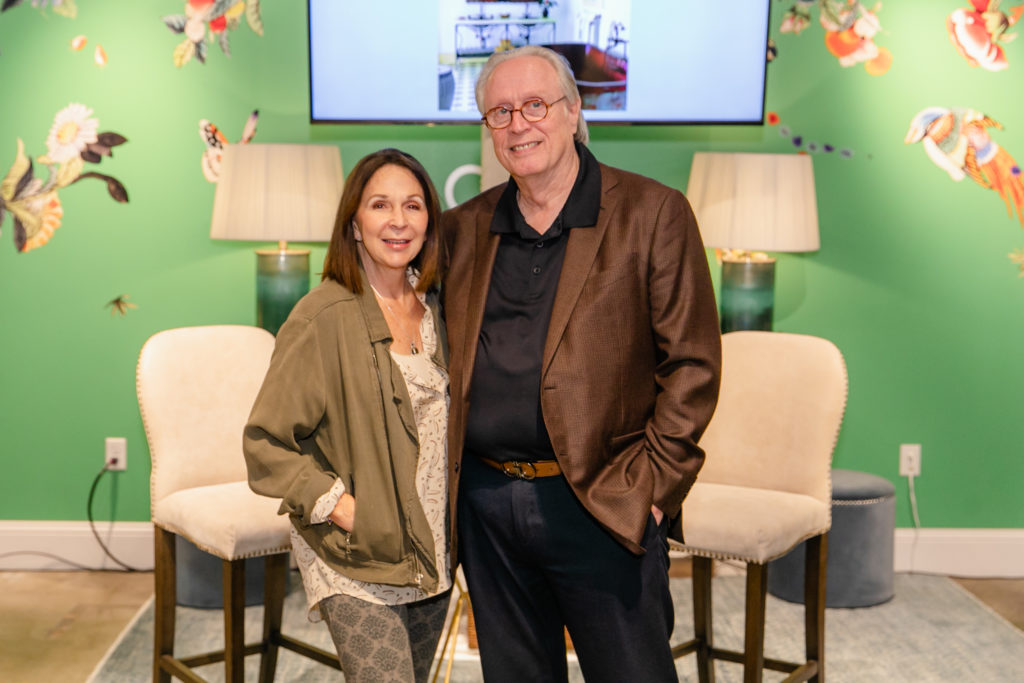


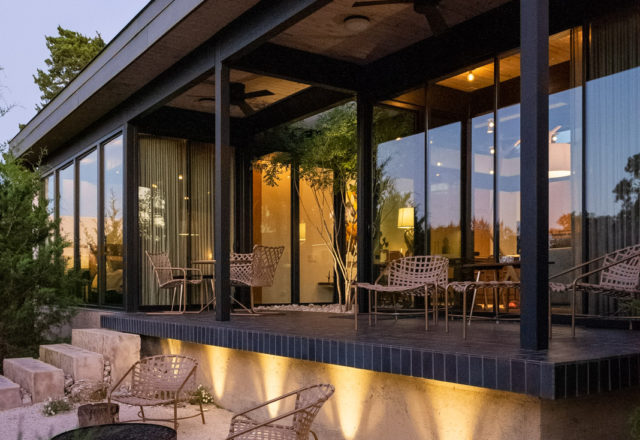


_md.jpg)















_md.jpg)





_md.jpg)





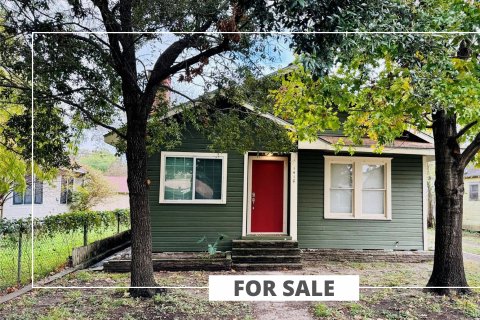



_md.jpg)




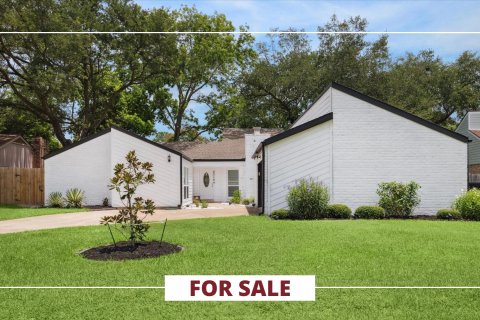


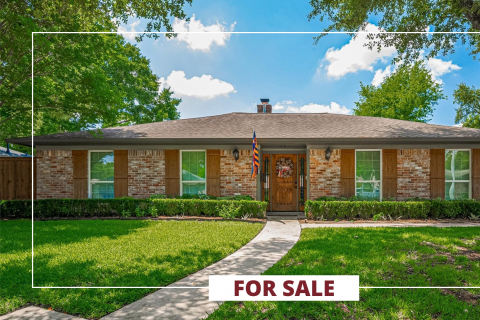





_md.jpg)


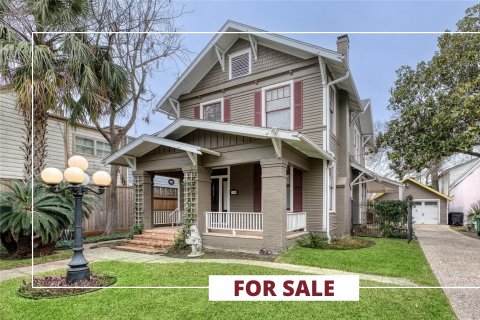
_md.jpg)



_md.jpg)





